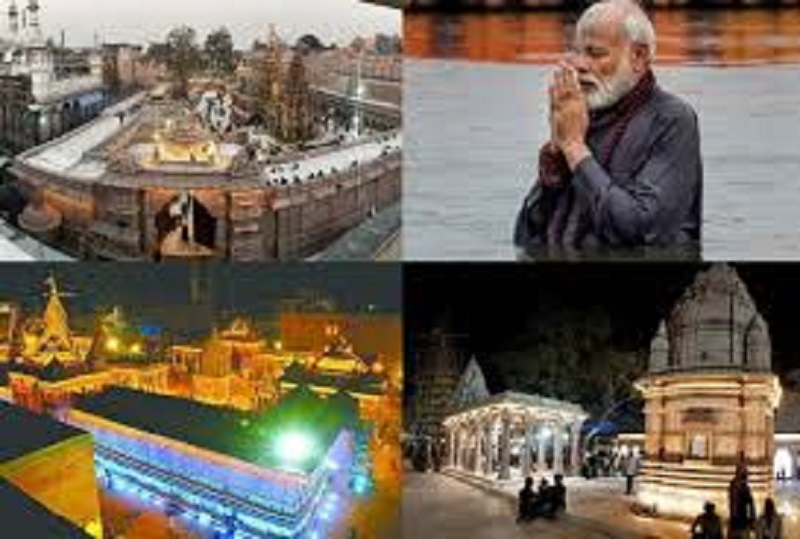
Varanasi or Benaras, the great seat of worship and prayers, gets a face-lift now ensuring devotees make a hassle-free darshan of Lord Kashi Vishwanath. A look at the phenomenal changes the ancient temple city has undergone since renovation works started in 2019 under the guidance of eminent architect consultant Bimal Patel.
Though late, the Varanasi makeover project is happening on a fast pace now and the first phase of which has been completed within three years against all odds and Prime Minister Narendra Modi inaugurated it in a grand ceremony held on the premises of Kashi Viswanath Temple.
Named Kashi Vishwanath Corridor, the ambitious project was unveiled by the central government in March 2019. The first phase costing Rs 399 crore is spread across five lakh sq ft, comprising 23 buildings. Earlier, it was just 3,000 sq ft. Streets and Ghats widening, renovation of the Vishwanath temple and construction of new structures were carried out keeping in mind the tradition and culture of the holy place. Over 40 ancient temples were discovered and restored.
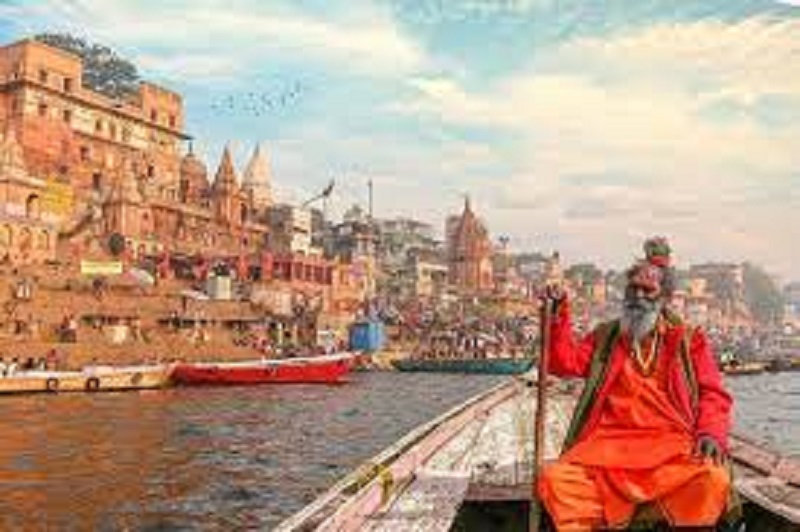
Now hundreds of thousands of devotees can move to the Ghats and come to Kashi Vishwanath Temple for darshan without difficulty. The infamous congestion is passé. Multiple amenities have been developed for the convenience of pilgrims that include Yatri Suvidha Kendras, Tourist Facilitation Centre, Vedic Kendra, Mumukshu
Bhavan, Bhogshala, City Museum, Viewing Gallery and Food Court. The district administration is hell bent on making the pilgrimage to Varanasi an unforeseen experience.
The total cost of the grand plan Kashi Vishwanath Dham is estimated at Rs 800 crore. Over 300 properties have been acquired. About 1,400 shopkeepers, tenants and house owners have been rehabilitated as part of the construction of the corridor. The second phase of the plan has already been set in motion and will be ready by
January 2023. The second phase involves the development of Manikarnika, Jalasen and Lalita Ghats.
There were no disputes and litigations over land acquisition and rehabilitation and it was all done on mutual consent unlike in other large-scale development projects in the country. The project’s architect consultant Bimal Patel said: “Whatever we built only complements and blends with the existing structure. Nothing sticks
out.” Kashi development model can be emulated in old cities elsewhere in India as it is a concept which will be ideal for rebuilding old cities on a grand scale while retaining their heritage.
Also Read: EU slams doors, refugees make desperate attempt for asylum
There were no disputes and litigations over land acquisition and rehabilitation and it was all done on mutual consent unlike in other large-scale development projects in the country. The project’s architect consultant Bimal Patel said: “Whatever we built only complements and blends with the existing structure. Nothing sticks
out.” Kashi development model can be emulated in old cities elsewhere in India as it is a concept which will be ideal for rebuilding old cities on a grand scale while retaining their heritage. Varanasi or Banaras has the inherent spiritual dimension and synergy to last as long as the river Ganga and the mighty Himalaya exist.
Varanasi fascinates people in search of self and leaves them in a trance.
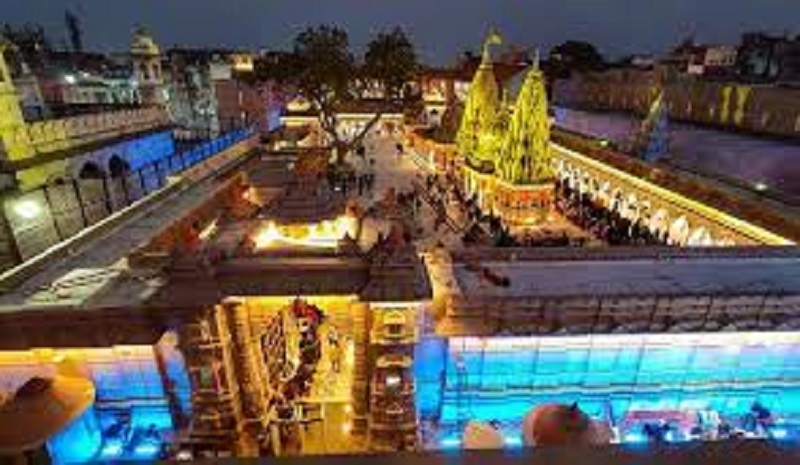
A dip in the holy water of Ganga and a prayer at Kashi Vishwanath Temple with offerings are a fulfilment in the life of a devout Hindu. A walk down the winding streets of Varanasi along Assi Ghat, Chet Singh Ghat, Darbhanga Ghat, Man Mandir Ghat, Dasaswamedh Ghat, Manikarnika Ghat, Scindia Ghat, Bhonsale Ghat and Panchaganga
Ghat where dozens of temples are located will be an experience of a lifetime.
Have a spectacle of Ganga Aarti at Dasaswamedh Ghat and a boat ride down the holy river with a full view of the famous ghats along the banks either during sunrise or sunset. Visitors generally are all praise for the boat rides in Ganga at dawn as the sunrise provides a spectacular sight of the Ghats while Ganga Aarati appears to be
bewitching at dusk with lots of diyas (small earthen lamps) floating in the river.
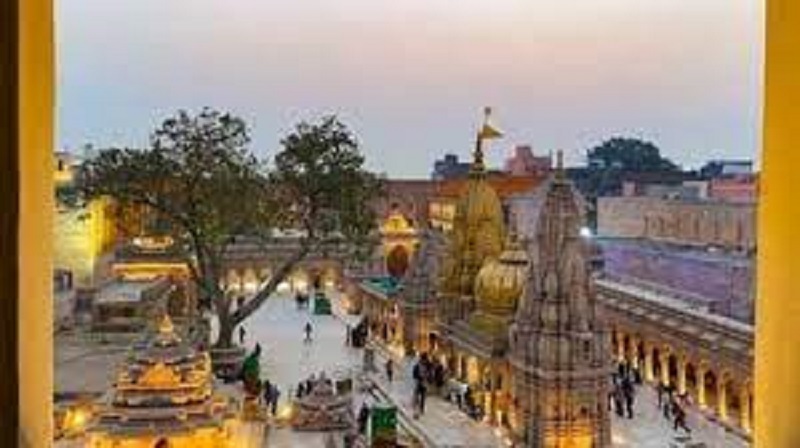
There is an endless array of sights in and around Varanasi which excite any visitor. For devotees or seekers, being in the spiritual centre itself is an intense feeling of redemption and enlightenment. The Varanasi magic enthrals visitors of all kinds with its tradition, culture, history and myths. The land has had cherished Vedas and
Puranas for posterity, which find their roots in the history of the place dating back to 12th century BC.
“Benaras is older than history, older than tradition, older even than legend and looks twice as old as all of them put together.” This remark was made by none other than Mark Twain, the most famous
American writer.
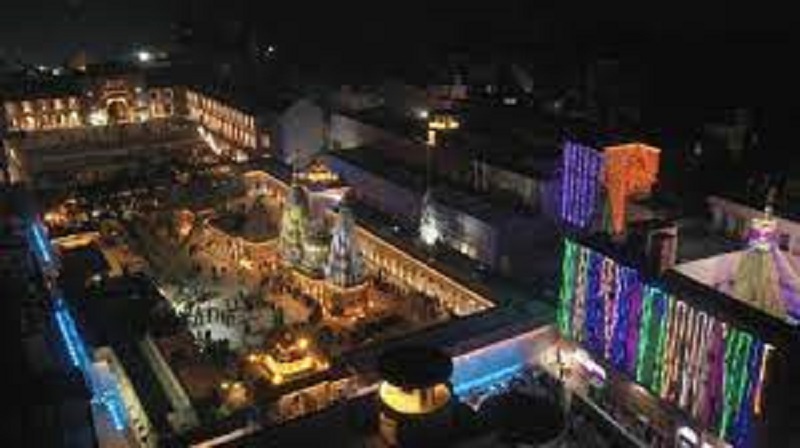
Hindu devotees and Shiva worshippers have been visiting the oldest city since thousands of years before Christ in the belief that a bath in the holy water of Ganga washes away their sins and purifies their soul and body alike and it is also the path to attain ‘moksha’ or salvation. It is said that people who die in the holy land become
immortal. Even conducting funeral rites on the river banks here is considered the holiest as per the Hindu religious belief. Two Ghats in Varanasi have been earmarked exclusively for performing funeral
rites. Above all, devotees believe Lord Shiva never leaves this place.
Varanasi never disappoints anyone. Tourists, pilgrims, seekers, heretics, artists, writers and historians from around the world have been coming to the temple town from time immemorial in search of new perspectives on lives and their works. Varanasi or Banaras has entertained and enthused one and all, regardless of caste or creed
and places they belonged to. Traders from Europe and West Asia had made a beeline for Banaras for establishing business networks in this part of the world.
Known for its eternity, Banaras has remained a treasure trove of knowledge and vision which inspired and took people’s creativity to its peak leading to liberation and redemption of their souls.
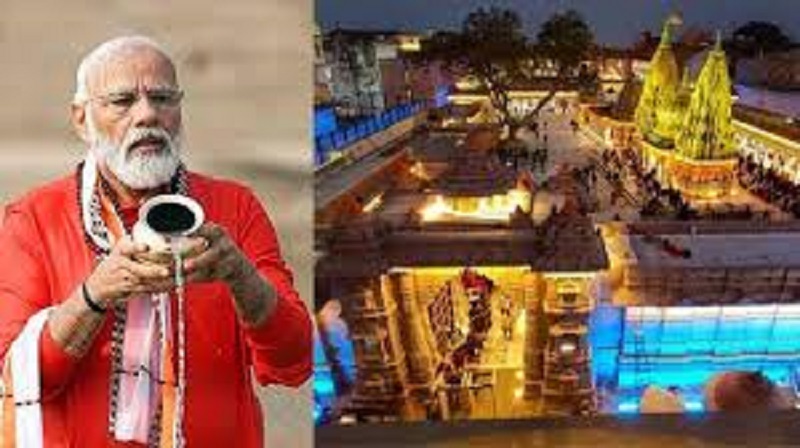
“It is a strange city where you can feel like a dweller and an alien at the same time. It is ancient, modern, progressive and sometimes regressive, all at once,” comments Richa Chadha, Bollywood actress.
No matter its popularity, historical significance and the divine status, invaders attacked Varanasi, destroyed its numerous ancient temples and plundered the rich city. Kashi Vishwanath Temple was destroyed
twice and a mosque was built in its place. But Kashi, the abode of Lord Shiva, survived all adversities and the temple was rebuilt in the last quarter of the 18th century.
In spite of the desecration and wide spread destruction, Hindu pilgrims continued to visit Kashi and paid obeisance to Lord Shiva. Young ones offered Tarpan for their ancestors’ souls and Daan on the
banks of Ganga where food, clothes and cash were donated to the poor and needy. Though it remained much the same sans amenities and with centuries old infrastructure, Kashi has kept rejuvenating devotees and captivated their activities and imagination. Narrow, filthy streets crowded with vehicle traffic and shops, dilapidated structures, unclean Ghats and dirty, polluted water of Ganga welcomed visitors. The entire Ghat area and the streets around them have a little space for pilgrims’ movement.
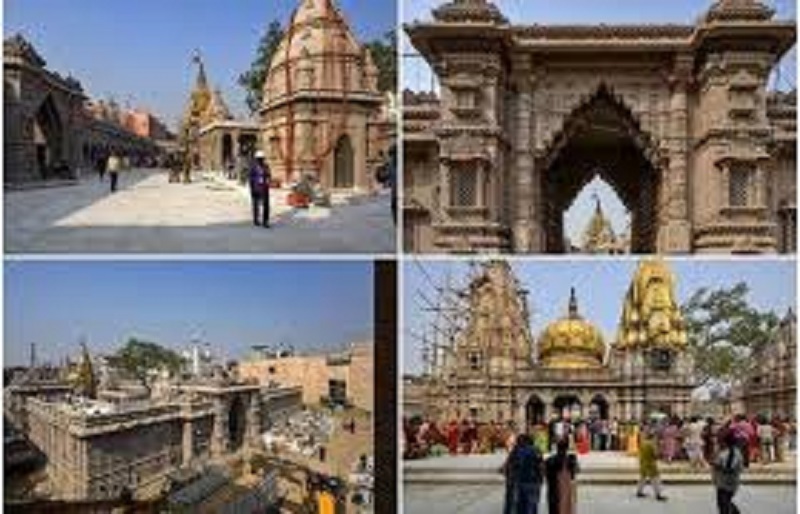
Many visitors in their vivid accounts have glorified the mystic aspects of the city and particularly its spiritual guidance to masses but they have also cited congestion and uncleanliness around the temple and
Ghats as the main distractions. Of late, the increased pollution in Ganga due to industrial waste and immersion of dead bodies in the river as part of Hindu funeral rites has cast a shadow over the ritual of holy dip in Ganga.
Neglected for several decades, even centuries, Varanasi badly needed developments and scores of temples there which are in pathetic conditions due to lack of maintenance required renovation. Complaints of pilgrims and travellers against inconveniences and their clamour for developments in the city have increased over time. Their prayers for sufficient space around the temple to facilitate easy darshan of the Lord, wide streets instead of the winding, congested ones leading to the temple and the Ghats, and spacious, clean and safe Ghats for taking bath in the river without interruption were finally heard.
BY: KS Rajagopal

Post Your Comments